This is the Tomba Bodes Hill explained in a ABC way.
Tomba Bodes means slipping goats and it refers to the goats that went wild in there. These stray goats were originally bred by the nearby peasants and they also feed on Dyckias.
These people are very poor and they do not own the land, they rent the land to plant tabaco, corn, soybean, bean and they raise some milk cows, oxes, pigs, horses. When pigs get wild and the ploughmen say here "porco alçado" or stray pig. The stray pigs are dangerous as they breed with the European boars, also found in the area as "alçados". The wild boars came by themselves from Argentina and Uruguay and now they infest some areas of the South. These boars and the stray pigs interbreed and the resulting animal is a dangerous big beast known here as javaporco (pig/boar). They get to a huge size and they are really dangerous specially when they have youngs.
These people are very poor and they do not own the land, they rent the land to plant tabaco, corn, soybean, bean and they raise some milk cows, oxes, pigs, horses. When pigs get wild and the ploughmen say here "porco alçado" or stray pig. The stray pigs are dangerous as they breed with the European boars, also found in the area as "alçados". The wild boars came by themselves from Argentina and Uruguay and now they infest some areas of the South. These boars and the stray pigs interbreed and the resulting animal is a dangerous big beast known here as javaporco (pig/boar). They get to a huge size and they are really dangerous specially when they have youngs.
A - This is the steepy wall where the delicadas used to grow in a multitude of color shapes and sizes. The type form comes from the smaller hill to the right of Tomba Bodes Hill and separeated by the Pardo River ( still a creek here but it gets bigger when down the downhills)
I say used because today we saw just some individuals and very rare groups of clone (plants resulting from splitting heads). We saw they have being eaten by a native rodent, a "cotia" .https://www.google.com.br/search?q=cotia&client=firefox-b&tbm=isch&tbo=u&source=univ&sa=X&ved=0ahUKEwi8juLGh4rRAhWGUZAKHYNDAO4QsAQIOA&biw=1440&bih=766
I say used because today we saw just some individuals and very rare groups of clone (plants resulting from splitting heads). We saw they have being eaten by a native rodent, a "cotia" .https://www.google.com.br/search?q=cotia&client=firefox-b&tbm=isch&tbo=u&source=univ&sa=X&ved=0ahUKEwi8juLGh4rRAhWGUZAKHYNDAO4QsAQIOA&biw=1440&bih=766
Hunting is forbidden and the small animal love the rocky wall.
They eat all leaves first (All in a Dyckia is edible, specially juicy is its heart!) then they attack the main part, the heart, they eat down to the roots. All that is left to be seen are roots and a circle feces around where the delicata used to be.
This wall is made of a very loose magmatic rock. It is well fragmented and parts of it fall from the main rock constantly. This makes any attemp to climb it or being close to it a very dangerous and risky attitude. Also this explains the absence of trees in there. To the left the trees are dominating and the few delicatas were shadowed, bigger and now vanished from that area due to the growing trees and the cotia assaults.
They eat all leaves first (All in a Dyckia is edible, specially juicy is its heart!) then they attack the main part, the heart, they eat down to the roots. All that is left to be seen are roots and a circle feces around where the delicata used to be.
This wall is made of a very loose magmatic rock. It is well fragmented and parts of it fall from the main rock constantly. This makes any attemp to climb it or being close to it a very dangerous and risky attitude. Also this explains the absence of trees in there. To the left the trees are dominating and the few delicatas were shadowed, bigger and now vanished from that area due to the growing trees and the cotia assaults.
B -C- D - This is the ramp made by the fallen rocks and debris.It is very dangerous to be there as many rocks are not well settled and they turn to fall when touched.
B - This is a bean crop. Te poor peasant used a plough and a ox to move the rocks and there they sow beans. The terrain is a migger low fertile one. It is a subsistence labor.
B - This is a bean crop. Te poor peasant used a plough and a ox to move the rocks and there they sow beans. The terrain is a migger low fertile one. It is a subsistence labor.
Between C and D this is not a road or any pathway as it looks. This is a steepy ground of rocks and nothing is there ´cause the peasant burns the land before plowing it. This is pure rock, dettached from the main one above.
C- This is a corn field.
D - This is a wild fern field. The fern is taller than a tall man and one gets hidden by it. By the distance it looks as a carpet. What a mistake!
E - This used to be covered by delicata plants. We found four isolated plants and just an only one group (they are very dark colored). The many others just vanished, not even a trace was left. The clump, the only one clump left is on a kind of promontory, this explains its survival.
F - Close to the trees we used to see many, many delicata plants, no one was left. the way through the forest is a very dangerous one. The unstable rocks, the trees and their roots, poison snakes, spiders, mosquitoes and scorpions are also there. It is a true challenge to get there!
G - This is an area where it is possible to find some very few delicatas. They get less sun and they are bigger. We saw two, just two plants. It used to be many.
H - This is a bushy caponier area and we found no delicata in there.
I-J-N - These are relatively covered areas. Here we could not get. These are coverd by Sinningias, orchids, begonias (a sun loving fury species), cacti (four species) and shrub. Maybe some delicatas too.
L - This is a depression to where the Pardo Rivers extends during floods. Trees get the rich nutrients from the river and we saw many orchids, air plants, peperonias....
M - Native foreste area. We saw Brazilian pine trees there.
O - This is a low quality cattle but without it it would be almost impossible to survive there. Milk, cheese, meat, leather...The oxes are the main energy source used in the plantations nearby.
These two hills harbour Dyckia delicata. They are separated by the beginings of the Pardo River, here it is just a creek that separates the holy type hill from the Tomba Bodes.
Above we see Tomba Bodes Hill. It stays to the left in nature.
Bellow here and to the right in nature is the delicata holy site in nature, the type form came from this place bellow (2).
Above we see Tomba Bodes Hill. It stays to the left in nature.
Bellow here and to the right in nature is the delicata holy site in nature, the type form came from this place bellow (2).
Images taken from the narrow dust road.
1 - A sunny site were white small delicatas live, now almost extinguished.
2 - The first delicata seen came from this bushy area in fact a very dangerous area due to the fallen rocks. The trees grow amid them.
3 - Here we still see some plants well protect by weevils.
4 - The Pardo River passes here and it is still very narrow for it begins nearby.
4 - The Pardo River passes here and it is still very narrow for it begins nearby.
5 and 6 - Here are areas were corn , soybean or tabacco are cultivated.
7 - This is by the road side. Some lilliacea grow here.
8 and 8 - Here there are delicatas too.
Above we are in the C and D areas of the first picture here shown.







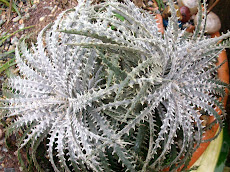



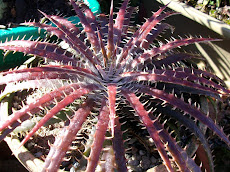
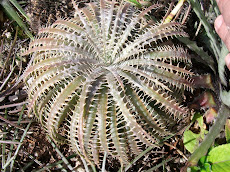
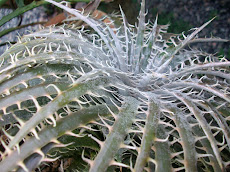
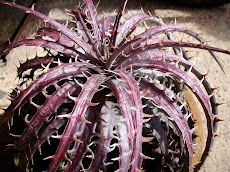

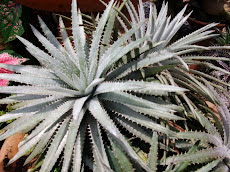

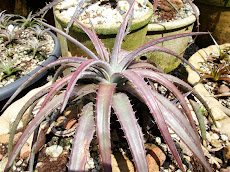
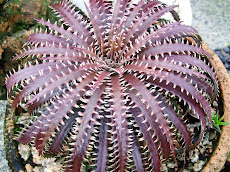

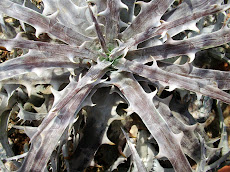
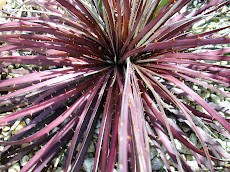
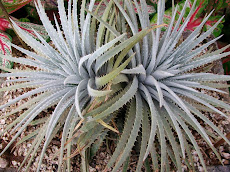
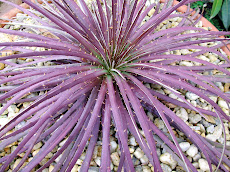
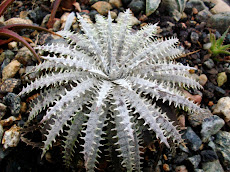
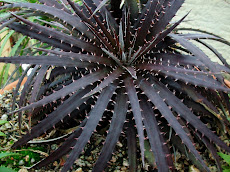
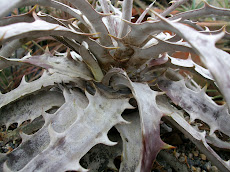

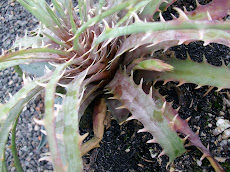

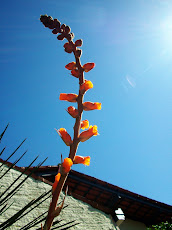
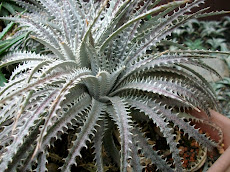

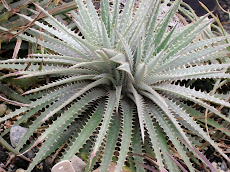
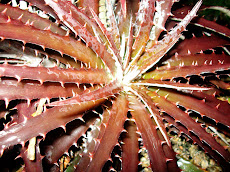
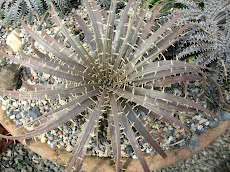

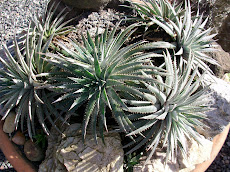
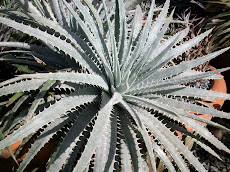

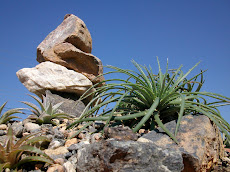
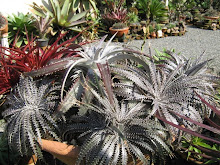
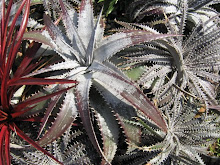
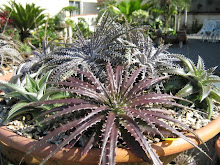
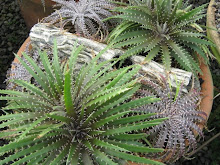
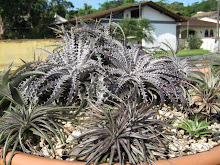
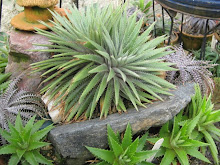

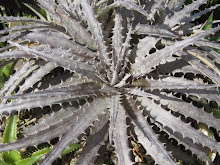
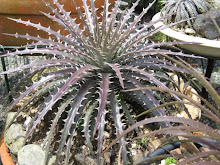
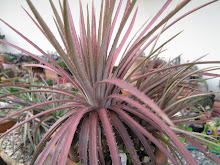

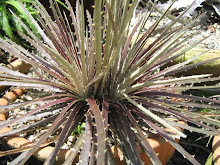
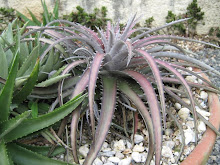
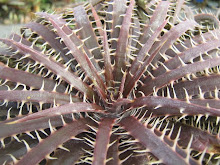



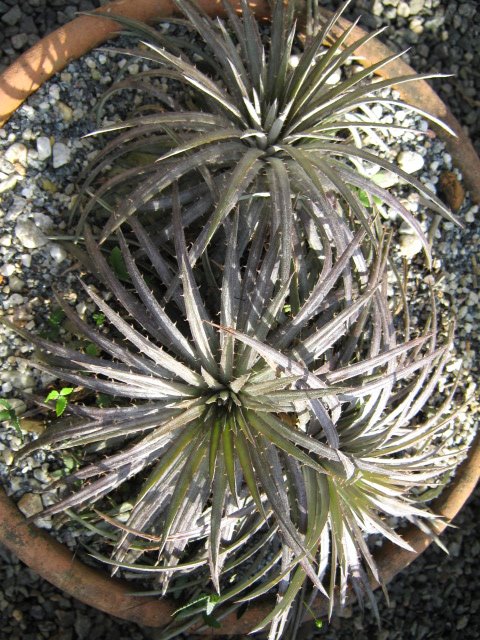
No comments:
Post a Comment